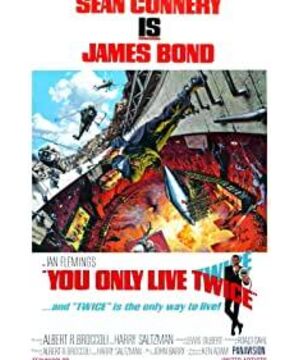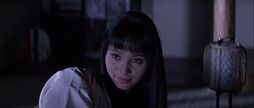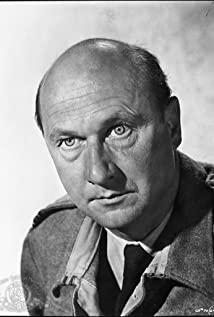To say that this film has three characteristics at first glance: First, it is stupid. The Japanese assassin on the beam did not touch the silenced pistol and simply solved the Bond in his sleep. He had to spend a lot of time in antiques to make something smooth and poisonous. In the end, he not only killed the wrong person, but also lost his own child. Fate; then it's fake. It is mainly reflected in the action scenes of the ending fire and the space city. The fight is fake, the kill is fake, and the explosion is fake. But it turns out that the weapons in 007 are only used for functional demonstration before firing; the third is the obscenity. British obscenity. The Devil’s Party built a secret base in a volcanic crater in Japan and secretly sent a spacecraft to abduct the US-Soviet satellites. The two superpowers and fools seemed to be able to fight for each other without hesitating to start a war. Only the British were aware of the strangeness and sent only An agent settled the space crisis that could destroy the world...
But what is interesting is that the mixing of these three items, which are considered to be negative, has produced a certain style of harmony and unity! The ace agent of the Fallen Empire responded with ease by himself, just in response to the serious exaggeration of the nature of the crisis, just in time with the tricks of killing people but not seeking practical results, and just in time with the love and embrace of the Bang girls offered in each episode. . If this is not the case, knowing that the task is impossible to complete, and being completed is understated, you have to pretend to be nervous and act it seriously, and you have to rack your brains to try to make drinking and picking up girls and killing people, and saving the world as logical and real. Seam connection, the effect is naturally counterproductive.
The Hollywood heroic action movies of the 1980s and 1990s are very different from Bond movies but have the same goal. The so-called different styles means that if you want to destroy the enemy, you only need to talk and laugh, but Stallone has to force it. Of course, when the British talk and laugh, it is not in the usual sense that they look at the enemy over nothing because of the disparity in strength, but they must use their own good at ease and humor to cover the inadequacy in reality. On the contrary, the reason why the Americans directly use the strong is because they are already world hegemons and their own strength is sufficient to ensure the credibility of the use of tough methods, and there is no need to embellish them.
Why do you say that it is the same goal by different routes? Because although the appearance of the two is hugely different, in essence, they have reached the unity of their respective styles. Bond movies try to enlarge the gap between the protagonist's ease of completion and the nature of crisis to highlight the charm of stylization. Hollywood movies take the opposite strategy to minimize the gap between the protagonist's ability and the difficulty of the task to achieve a strong sense of reality and credibility. So, look at Schwarzenegger Stallone or Bruce Willie Mel Gibson. No matter how brave these action heroes are, the problems they face are basically limited to themselves or their surroundings and will not go to the height of saving the world.
The true style of the unfounded is the current so-called dark realism comic hero blockbuster that is admired by many people. In fact, such works were originally dominant in subject matter. Because of the changes in domestic and foreign forms in the first ten years of the new century, some things that were purely imaginary have become cruel reality, and subjects with a realistic basis are obviously more likely to create empathy and anxiety for the audience. But their problem is that while the subject matter is more credible compared to the early Bond movie years, they have chosen a comic hero model that is more exaggerated than Bond. The transformation of the dark and realistic style has improved and enlarged the scope of the gap!
But this gap is different from the gap in the Bond movie mentioned above. The essence of the latter is just to use stylization to alleviate the narrative contradictions that cannot be logically justified, but the former creates new problems after all kinds of eye-catching methods are filled. For example, "Live Twice" doesn't have to explain to the audience why the blonde can get it done with a single bullet, but instead of using the plane to get out of control, the final mission failed to get rid of Bond and she was fed a piranha. But Nolan's Batman had to explain why he caught but not killed, but the explanation was not convincing.
View more about You Only Live Twice reviews











